目录
一、枚举引出
二、分析问题
三、 解决方案-枚举
四、枚举的二种实现方式
五、应用案例
六、小结
一、枚举引出
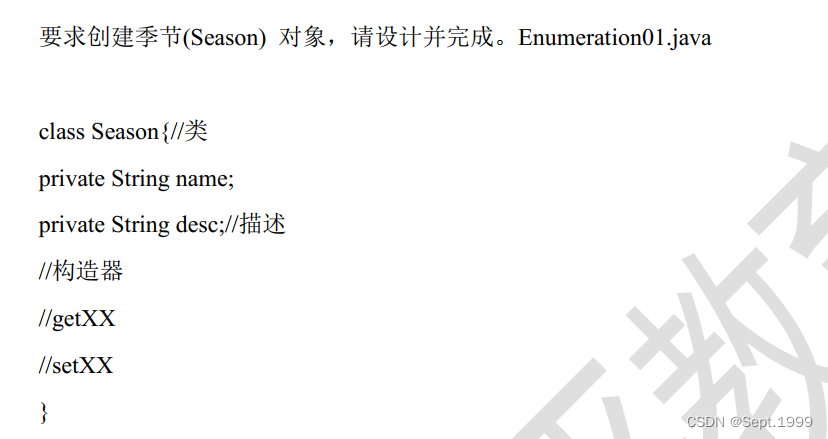
package enum_;
public class Enumeration01 {
public static void main(String[] args) {
Season spring = new Season("春天", "温暖");
Season winter = new Season("冬天", "寒冷");
Season summer = new Season("夏天", "炎热");
Season autumn = new Season("秋天", "凉爽");
autumn.setName("xxx");
autumn.setDesc("非常热");
//出现的问题:对于季节而言,它的对象(具体值)是固定的,不会有更多
//按照目前的设计思路,不能体现季节只有四个固定的对象
//因此可以使用枚举类来解决这个问题
// 枚: 一个一个 举: 例举,即把具体的对象一个一个例举出来的类称为枚举类
Season other = new Season("白天", "~~~");
}
}
class Season{
private String name;
private String desc;//描述
public Season(String name, String desc) {
this.name = name;
this.desc = desc;
}
public String getName() {
return name;
}
public void setName(String name) {
this.name = name;
}
public String getDesc() {
return desc;
}
public void setDesc(String desc) {
this.desc = desc;
}
}二、分析问题
1) 季节的值是有限的几个值(spring, summer, autumn, winter)
2) 只读, 不需要修改。
三、 解决方案-枚举
1) 枚举对应英文(enumeration, 简写 enum)
2) 枚举是一组常量的集合。
3) 可以这里理解: 枚举属于一种特殊的类, 里面只包含一组有限的特定的对象。
四、枚举的二种实现方式
1) 自定义类实现枚举
2) 使用 enum 关键字实现枚举
五、应用案例

final修饰的变量量全都大写
package enum_;
public class Enumeration02 {
public static void main(String[] args) {
System.out.println(Season.SPRING);
}
}
class Season{
private String name;
private String desc;//描述
//定义了四个对象
//public static final修饰,因为是final修饰,所以必须是大写
public static final Season SPRING = new Season("春天", "温暖");
public static final Season WINTER = new Season("冬天", "寒冷");
public static final Season SUMMER = new Season("夏天", "炎热");
public static final Season AUTUMN = new Season("秋天", "凉爽");
//1. 将构造器私有化,目的防止 直接 new
//2. 去掉 setXxx 方法, 防止属性被修改(只能读,不能修改)
//3.在Season 内部直接创建固定的对象实例
private Season(String name, String desc) {
this.name = name;
this.desc = desc;
}
public String getName() {
return name;
}
public String getDesc() {
return desc;
}
@Override
public String toString() {
return "Season{" +
"name='" + name + '\'' +
", desc='" + desc + '\'' +
'}';
}
}
六、小结
1) 构造器私有化
2) 本类内部创建一组对象[四个 春夏秋冬]
3) 对外暴露对象(通过为对象添加 public final static 修饰符)
4) 可以提供 get 方法, 但是不要提供 set

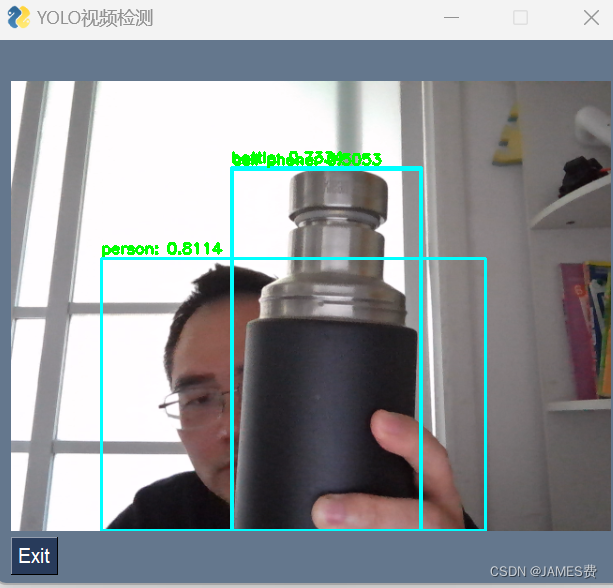


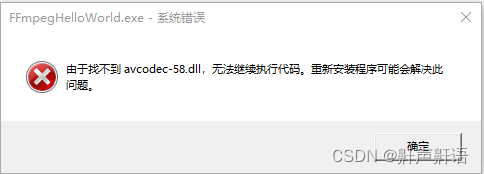






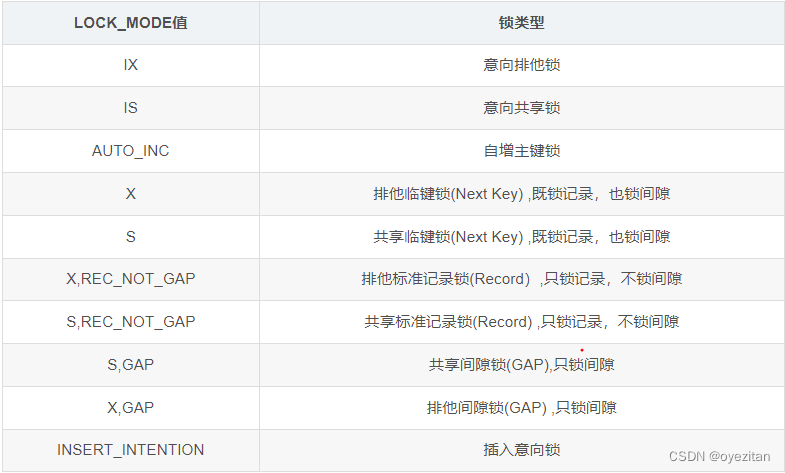

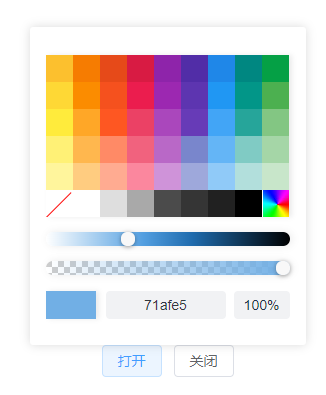
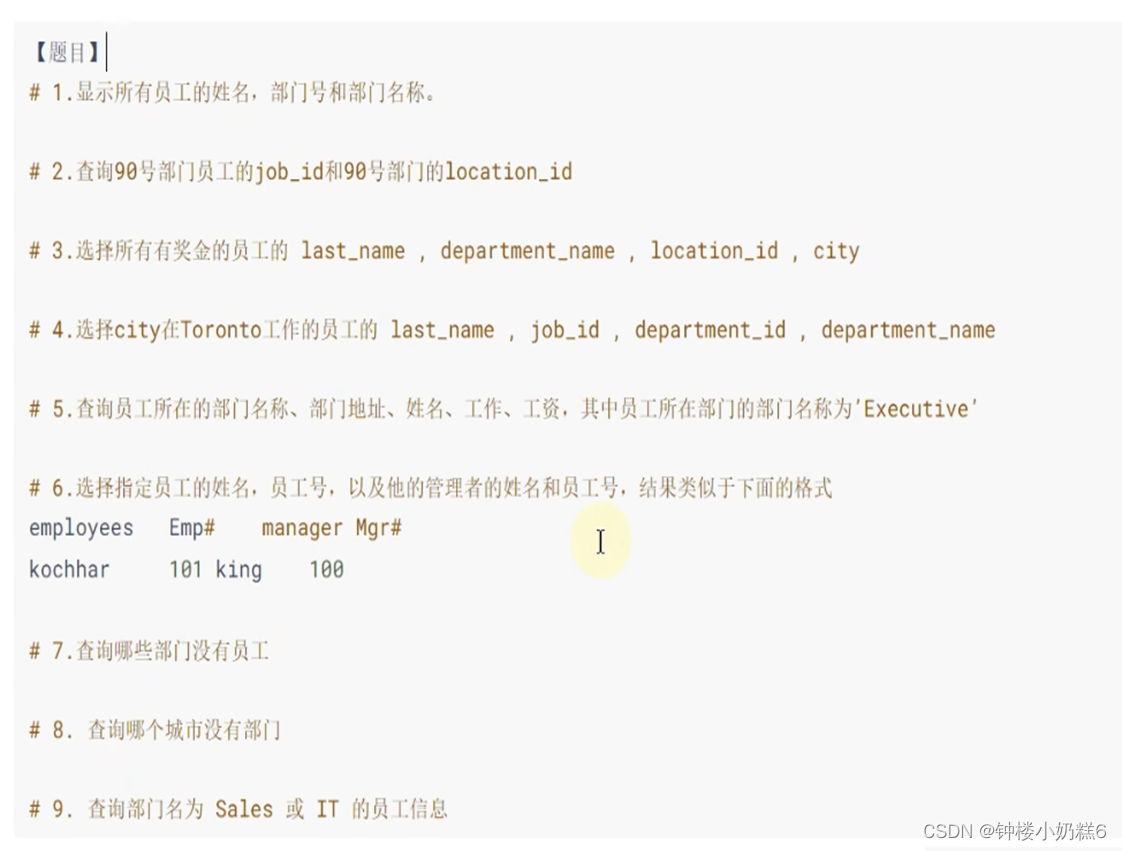

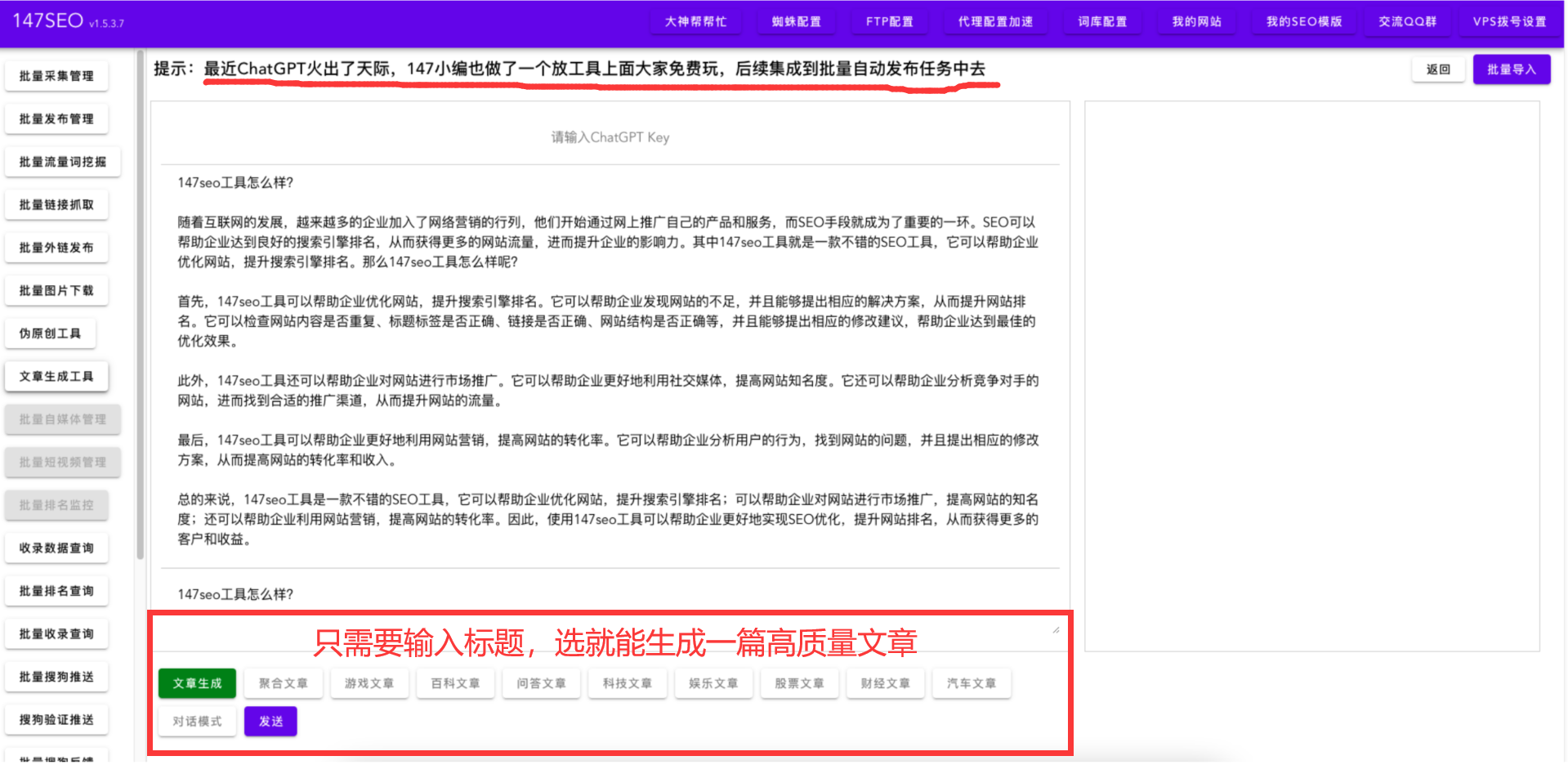
![[INFOCOM 2019] NeuralWalk:使用神经网络的在线社交网络中的信任评估](https://img-blog.csdnimg.cn/img_convert/25959e63a514d32f41afb0c3a284340f.gif)

